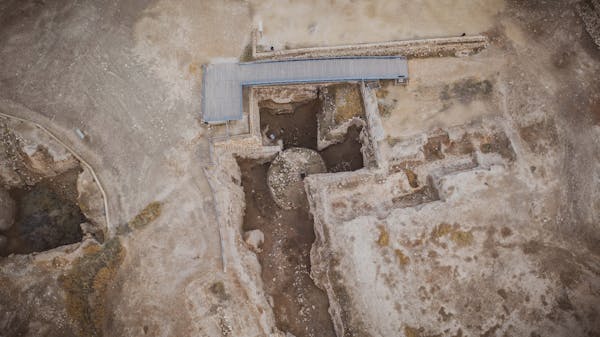Hammurabi was an Amorite king who ascended to the throne of Babylonia on the death of his father sometime around 1792 B.C. At first, Hammurabi’s kingdom was small but soon he began to conquer smaller cities around him and expanded his empire over the southern part of Mesopotamia, extending as far as Assyria. The area was named Babylonia after the city-state of Babylon.
In many ways, Hammurabi is credited with laying the foundation of Babylonian culture. Hammurabi was a unique dictator. While most rulers of the time ruled by brute force and used fear as a motivator for obedience and loyalty Hammurabi wanted to add an additional motivating factor. He wanted his empire to be governed by law.
Hammurabi worshipped the Babylonian god Marduk, styling himself the reverent and god-fearing prince. He believed that Marduk had placed him on the throne to be a just ruler. It was an interesting deviation from the commonly held idea of being a strong ruler or even perhaps a ruthless one.
Hammurabi saw his primary work as bringing justice in the land and ensuring that there was no oppression. He set about establishing a set of laws that were to be used throughout the empire of Babylonia going so far as to have them inscribed in stone on an elaborate monument that depicted him receiving the laws from the sun god.
The monument, a Basalt stele found in Susa, the capital of the Elamite empire was apparently taken to Susa as part of the spoils of war. The carving on the stele shows the Babylonian sun-god Shamath seated on the throne. Hammurabi is depicted as standing before.
The Stele also contains text with a prologue, where Hammurabi introduces himself and what he stands for, a body that includes his laws, and an epilogue explaining the purpose of the laws he was introducing.
The laws came to be known as the Code of Hammurabi and were the first set of written laws used to govern an empire. The Code of Hammurabi was unusual in that it placed every citizen, rich, poor, soldiers, farmers, merchants, and even the king, on an equal footing before the law.
The Code of Hammurabi also offers a glimpse into the social structure of the period and later became a standard work read and taught at Babylonian schools.
Hammurabi was a great proponent of the Babylonian religion and built a number of temples and ziggurats. He eagerly pursued an agenda of religious education urging his citizens to embrace paganism and idolatry.
The glory of the old Babylonian kingdom didn’t last long and the empire began to crumble under Hammurabi’s successors. The kings gradually began to lose their military power and authority.

